Space
BY IKECHUKWU OGALA
SPACE
Space is an amazing place. It is the home of earth and everything on planet earth, including things just floating around in empty space. Space also includes other planets, stars, galaxies and black and white holes. But what is space itself? Space is generally a vacuum. It creates everything and eventually destroys them. Here are facts about some space phenomenons.
SOLAR SYSTEMS
Advertisement
A solar system is a group of planets and asteroid belts orbiting a star. Only very few solar systems have planets that could be habitable because a planet needs to have all the natural resources that Earth has to be habitable. A planet needs to have some qualities to be habitable. First of all a planet needs to be in the goldilocks zone. This is a zone where the planet is not too far and not too close to its star. As a result, the planet is not too hot and not too cold. A planet also needs to spin on its axis. This means it rotates around a small imaginary vertical line making night and day. If earth didn’t spin on its axis, one side would always be hot while one side would always be cold. That’s because one side would always be facing the sun, our natural source of heat, making it endlessly hot. It would also be eternally bright because the sun is bright as well as hot. The other side would be the exact opposite because it does not face the sun. That means it will always be cold and dark.
WHITE HOLES
White holes are very similar to Black holes. They both have singularities( the middles of white and black holes) and event horizons (the point of no return for black holes and the point of no entry for white holes). But they have two main differences, which are: black holes suck in everything but white holes spit out everything. The other difference is: white holes are white in the middle, while black holes are black in the middle. Apart from those two differences, they are exactly the same.
Advertisement
BLACK HOLES
Black holes are actually just white holes that are black in the middle and suck up everything instead of spitting it out. They have more gravity than every other thing in the universe. Some black holes called stellar black holes are very small, but some are very big. These black holes are called supermassive Black Holes.
GALAXIES
Galaxies are big masses in space. They are made of solar systems like ours. Most planets are in galaxies. Most galaxies have supermassive black holes in the middle of them. Our galaxy, the Milky Way, is one of those galaxies. Our sun is positioned a little closer to the edge of the galaxy than to the middle of the galaxy. Our closest galaxy neighbour is the Andromeda galaxy. It is shaped the same way as our galaxy and also has a supermassive black hole in its center. Astronomers think one day, the Milky Way and Andromeda galaxies might collide to form a new galaxy and the black holes in the middle might merge. This could create big problems for earth. If it doesn’t get hit by all the planets and stars coming towards it, it might get sucked up by the new black hole. If two black holes merge, the result might be a lot more gravitational black hole and that black hole might suck up earth.
Advertisement
MAGNETARS
Magnetars have the second most gravity of everything in the universe and are close relatives of neutron stars. Although they are similar, magnetars are a lot more prone to star quakes, earthquakes that happen on stars, and when these star quakes happen, the stars release a lot of radiation.
NEUTRON STARS
Neutron stars are the third most gravitational things in the universe. Although they have a lot of gravity, their cousins magnetars and black holes have even more gravity than neutron stars. Neutron stars are very similar to their cousins, magnetars, but with less gravity. Neutron stars and Magnetars are both formed the same way.
Advertisement
STARS
Stars are the core of every solar system. They are huge balls of gas in a galaxy that have so much gravity, planets rotate around them. They give planets heat and light. But after some time, the stars run out of energy and explode in a supernova. All stars the size of the sun and smaller explode into clouds of dust like the one that created earth. Bigger stars create neutron stars and magnetars. The biggest stars create black holes and white holes. The supernovae themselves are usually very dangerous. But if you are far enough you can enjoy the light show from a safe distance.
Advertisement
PLANETS
Planets are actually made up of the same things that stars are made of, clouds of dust, but are not stars because the clouds of dust have to be very big to make stars. The clouds of dust have to be bigger than any planet to make stars. Planets orbit around stars and can be classified into two or three different categories. For this article, we will use the three groups example. The three types of planets are called Rocky Planets, Gas Giants and Ice Giants.
Advertisement
ROCKY PLANETS
Rocky planets, as the name suggests, are hard and rocky. That means you can walk on them. Rocky planets are the only planets that can harbour life.
Advertisement
GAS GIANTS
Gas Giants are made of gas and have no land in them. The biggest planet in our solar system is one. If you guessed Jupiter, you’re right. If you guessed Saturn, you’re still in luck. You guessed the biggest planet with rings in our solar system.
ICE GIANTS
Ice giants are icy and usually very far from their star. A gas giant named Neptune has rings. And it’s in our solar system.
MOONS
Moons are natural satellites of planets. A moon can form when an asteroid gets into a planet’s orbit or a small stray planet or stray moon gets into a planet’s orbit. Moons can also form when a stray planet crashes into another planet and pieces of the planet fly up into space. Then gravity pulls the rocks together and forms a moon. Some moons like ours have a very small atmosphere and asteroids don’t burn up in them. The asteroids give the moons many craters. Our moon is the 5th biggest moon in the solar system and the first moon in line if you are going from the sun outward.
ASTEROIDS
Asteroids are rocks in space. They sometimes hit earth but they are usually small and when the big ones hit Earth they usually hit earth in non – dangerous areas. But sometimes big asteroids hit in dangerous areas and can kill lots of people. There is speculation a huge asteroid could have killed the dinosaurs (find out more in my dinosaur article) but it could have been a gamma ray, (find out more in my radiation article). Asteroids can also be beautiful as well as dangerous. Asteroids bring gold to Earth and when they don’t hit Earth, they can create streaks of light called meteors. The meteors are caused by the asteroids burning up in earth’s atmosphere. Sometimes we have meteor showers. These happen when a lot of meteors pass by earth.
ASTEROID BELTS
An asteroid belt is a ring of asteroids orbiting a star. Our solar system has three asteroid belts. The first is simply called the Asteroid belt. The second is called the Kuiper belt. The third is called the Oort cloud and is on the outer edges of the solar system. Asteroid belts can be dangerous because most of the asteroids that hit planets come from asteroid belts. Asteroid belts can also be very useful in space exploration. For instance, the Oort cloud is the only way you know that you’re nearing the end of the solar system.
Space is a big and mysterious place and humans are eager to explore it. As you have seen, space can be very dangerous but it can also be helpful. But one thing is sure. Space will exist for a long time.
2 comments
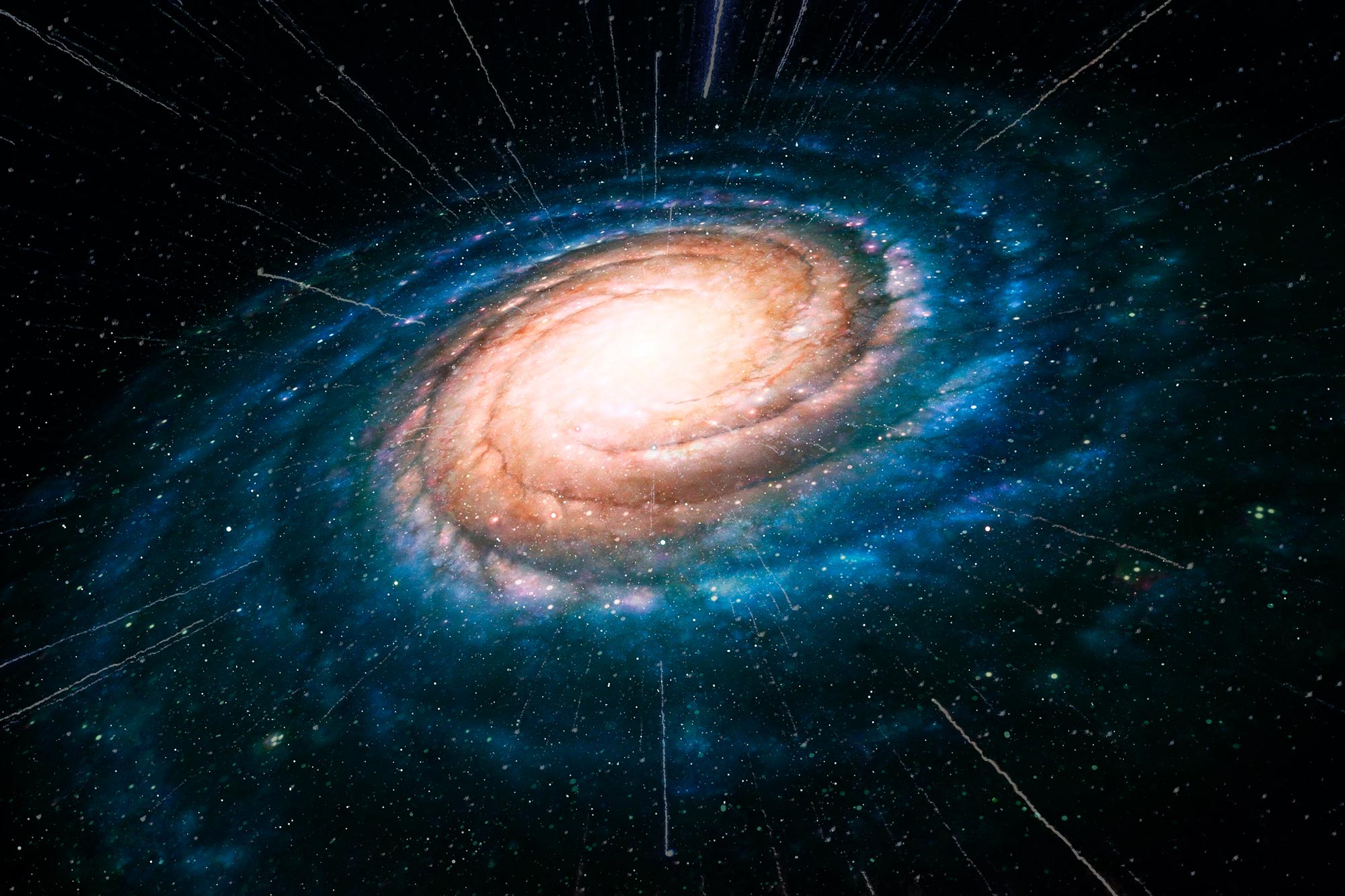
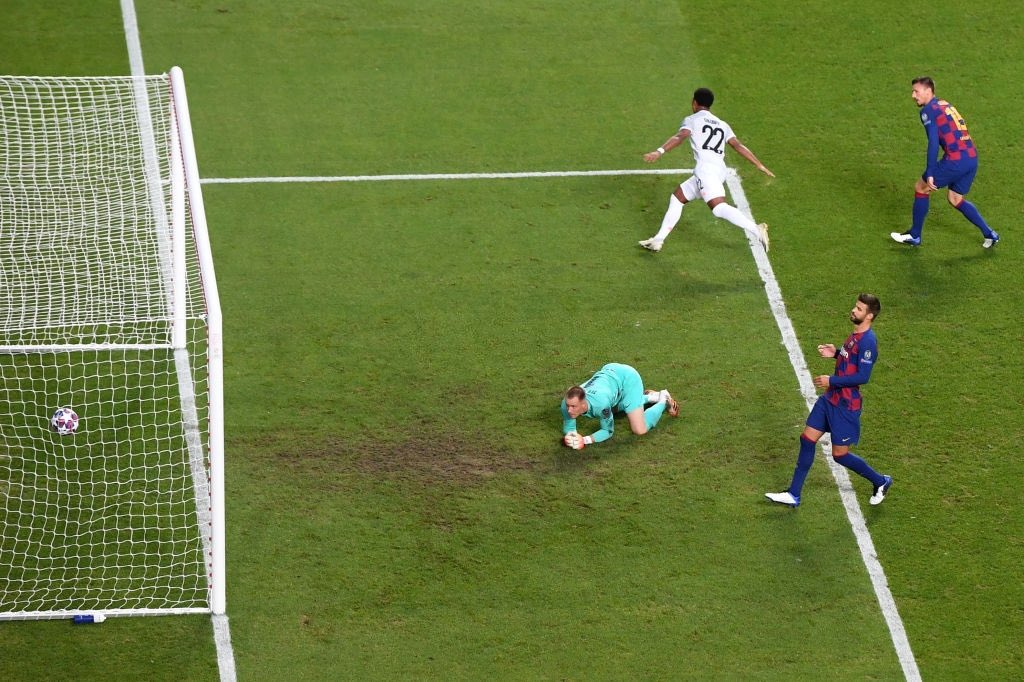
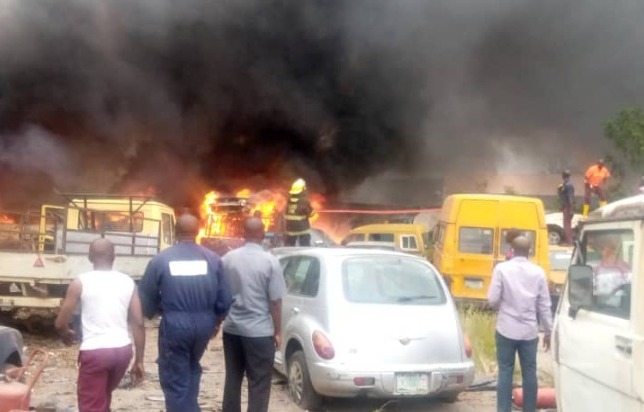
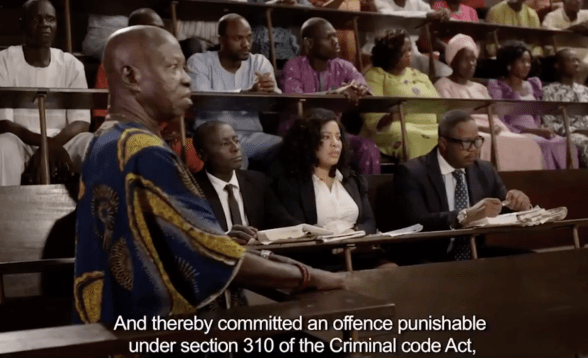
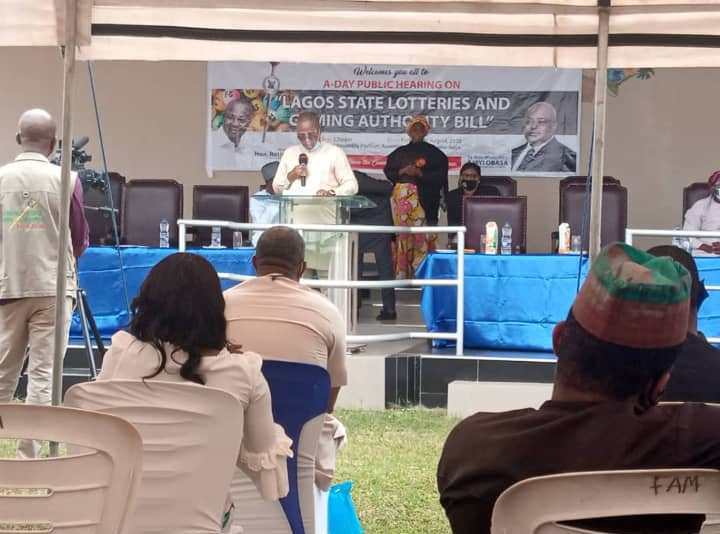

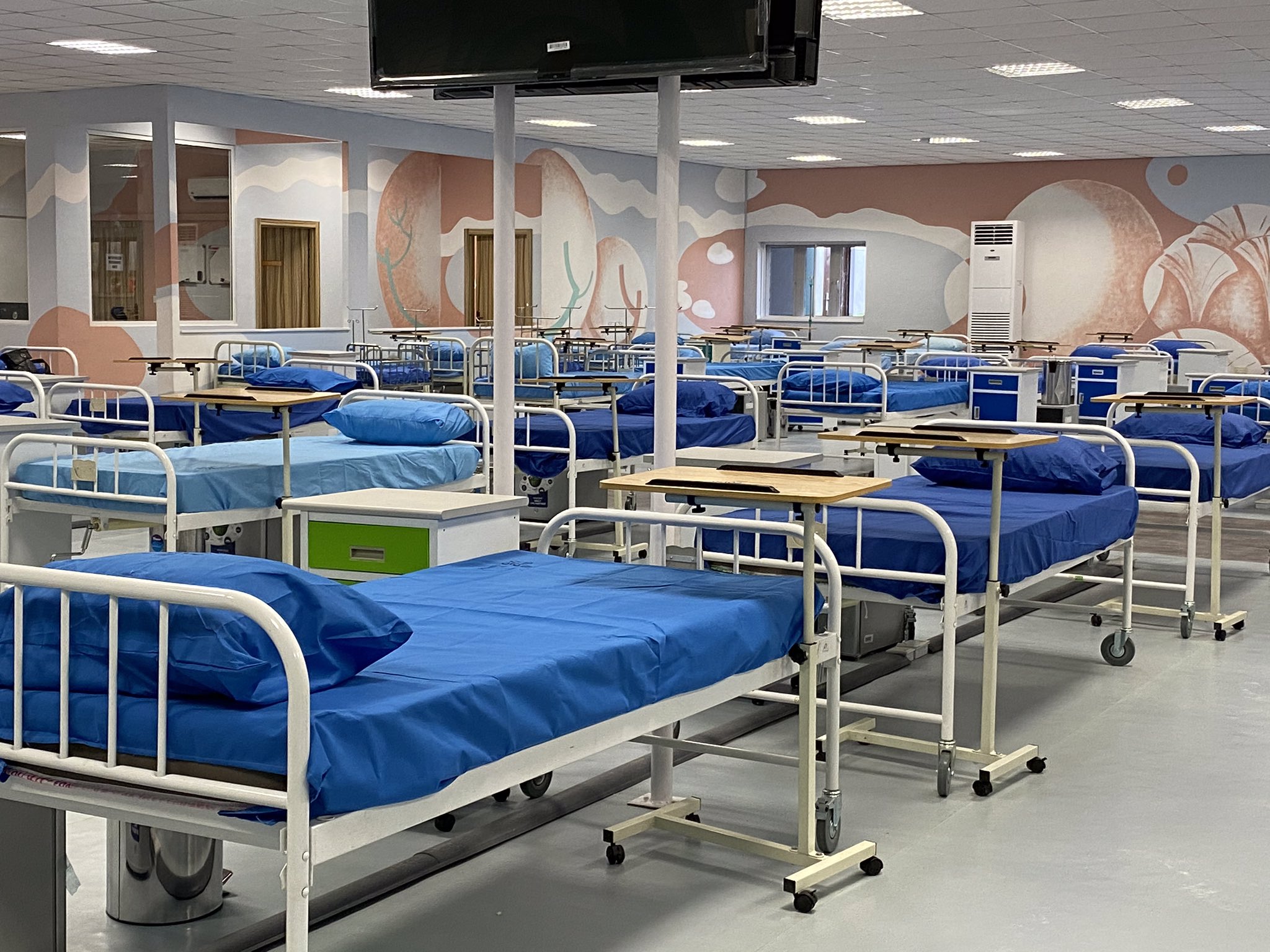
Oh Ikechukwu. Well done man. Thank you for being such an incredible writer. This was a good read dear one
Oh Ikechukwu. Well done man. Thank you for being such an incredible writer. This was a good read dear one